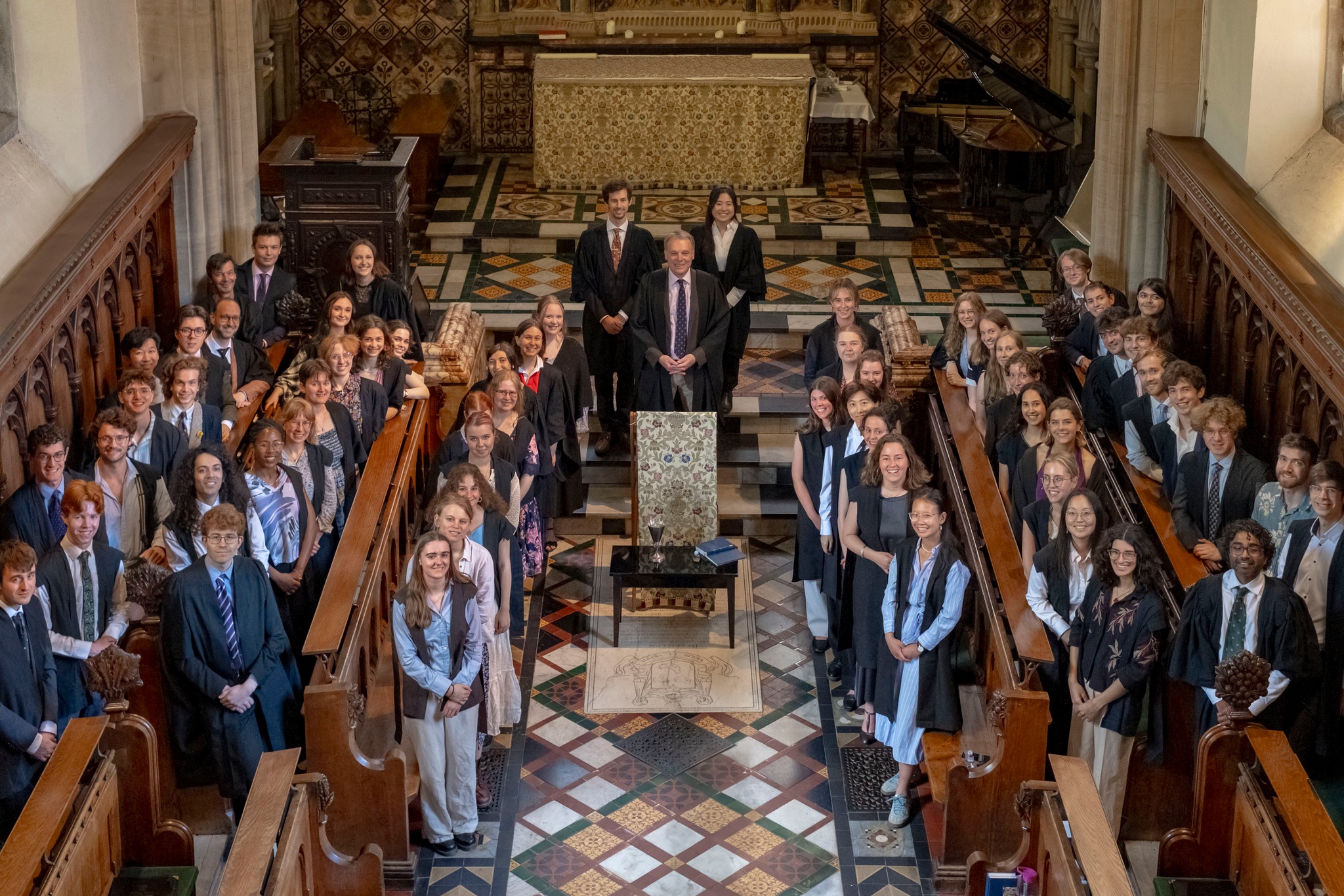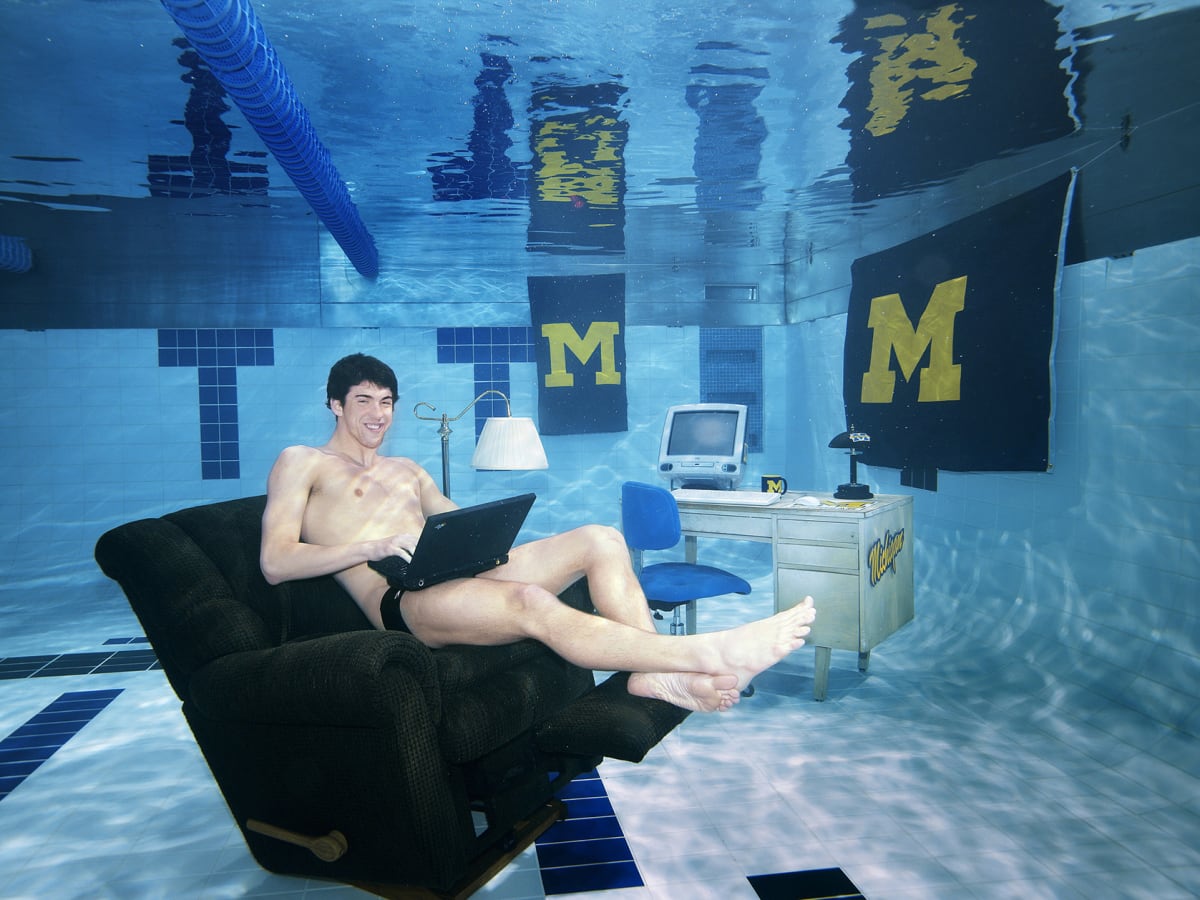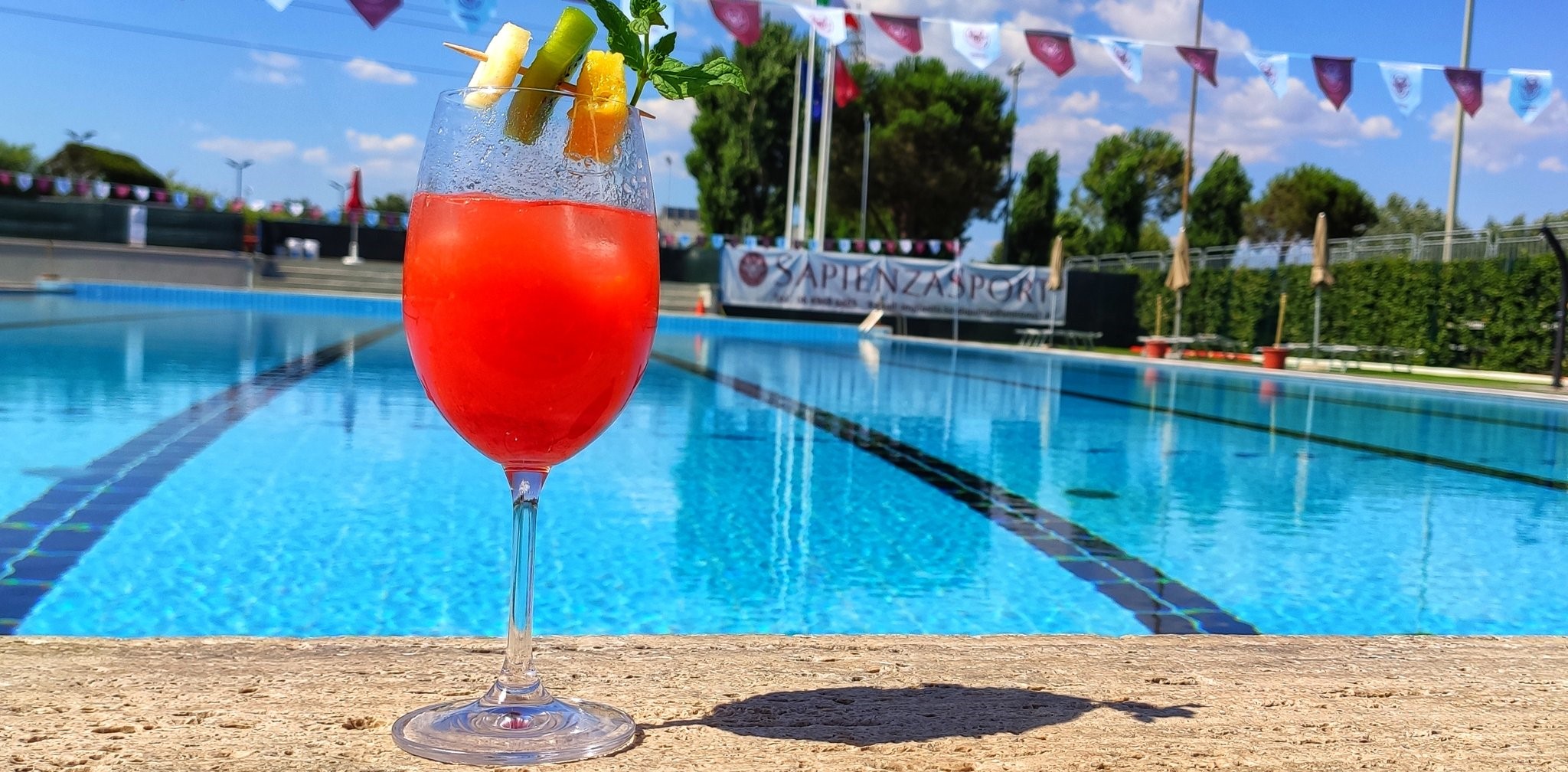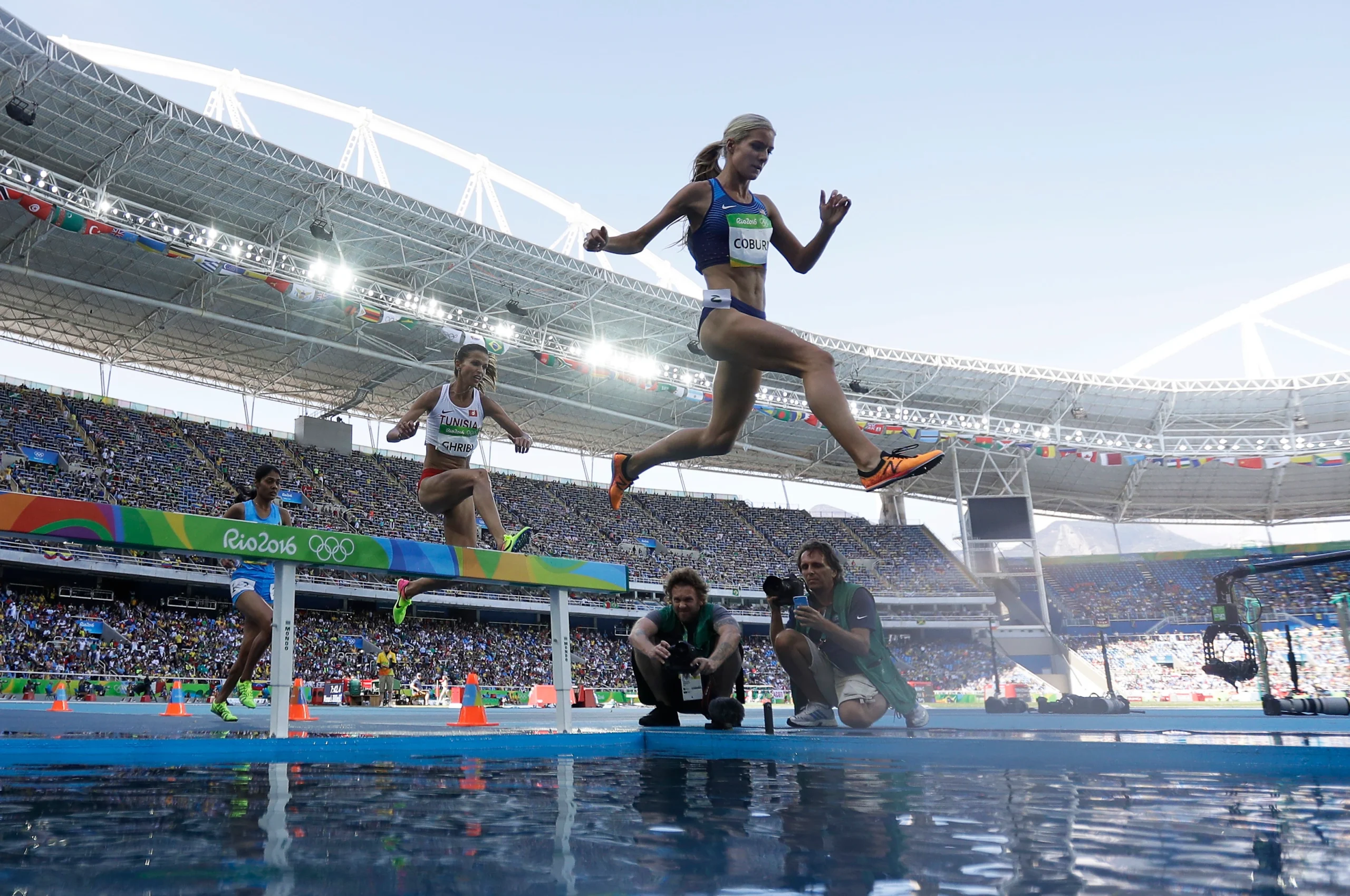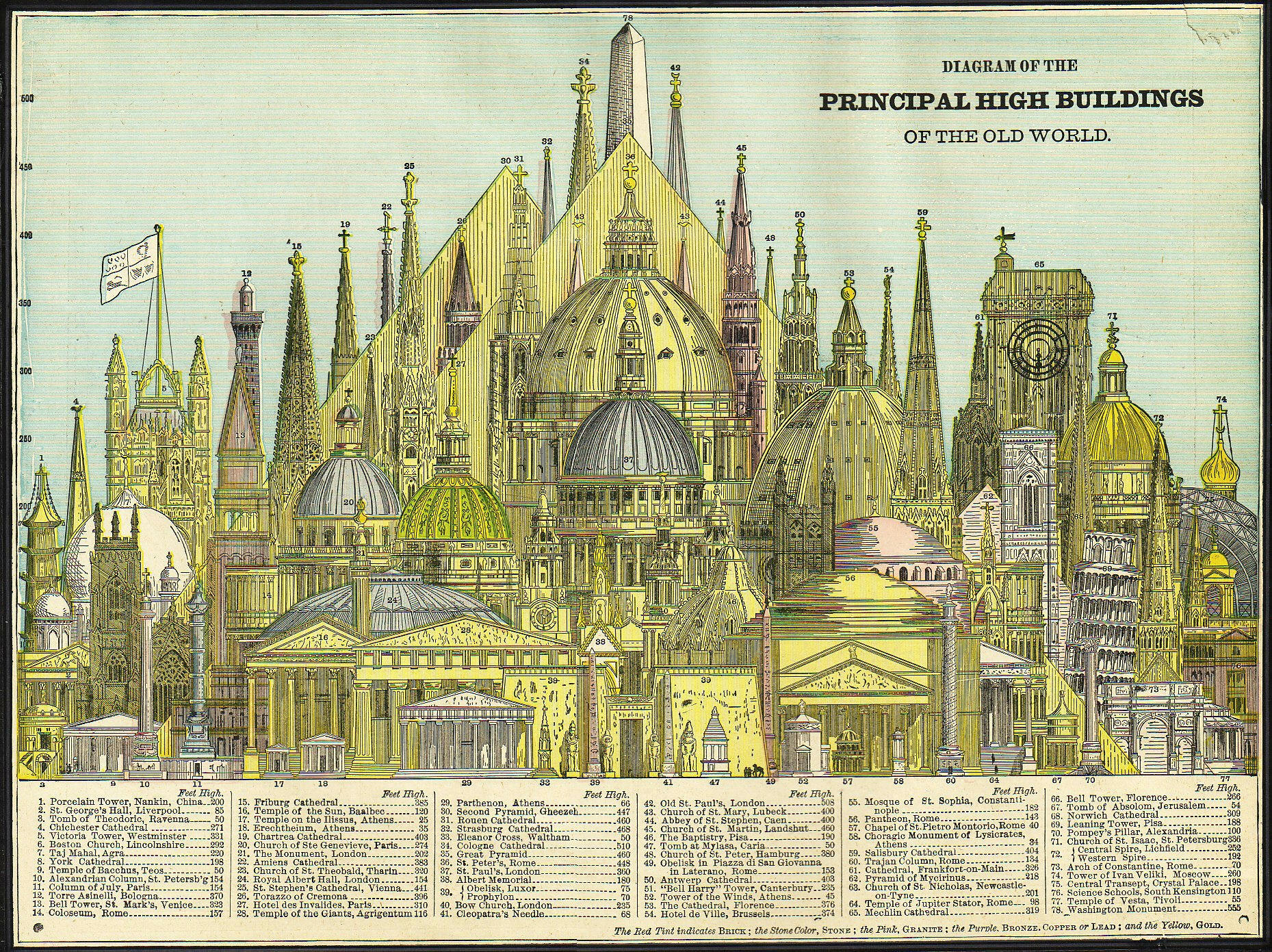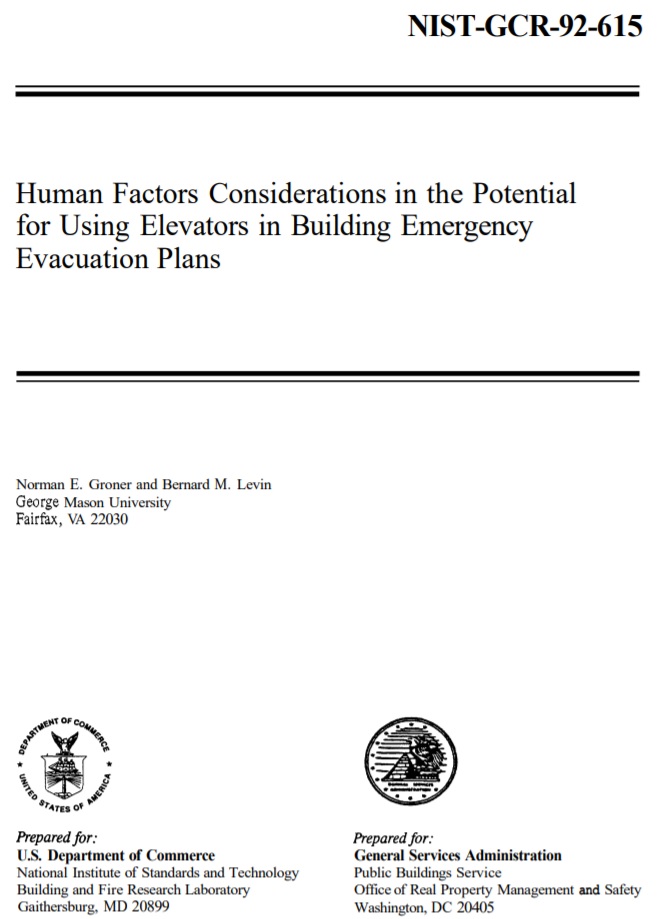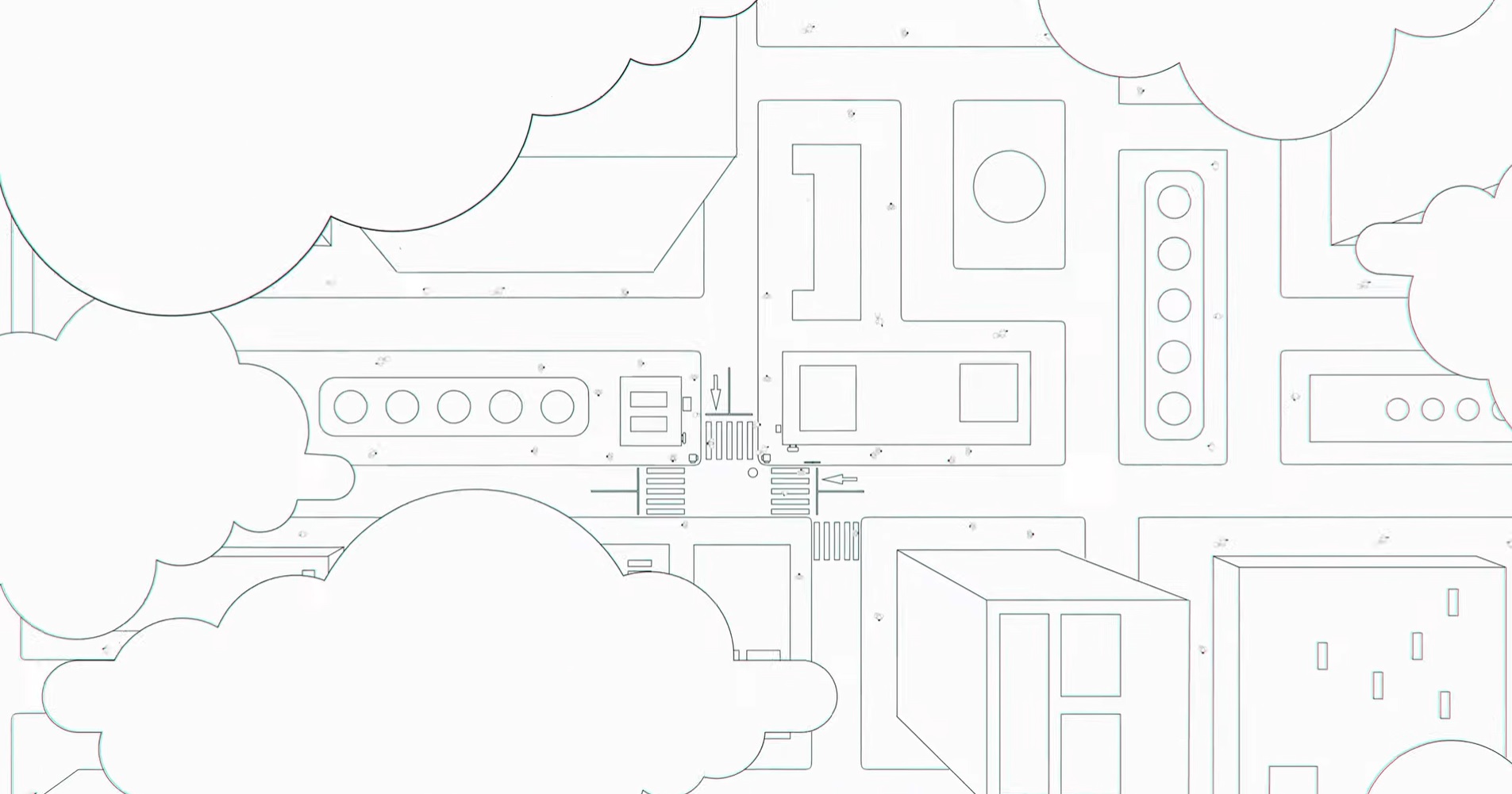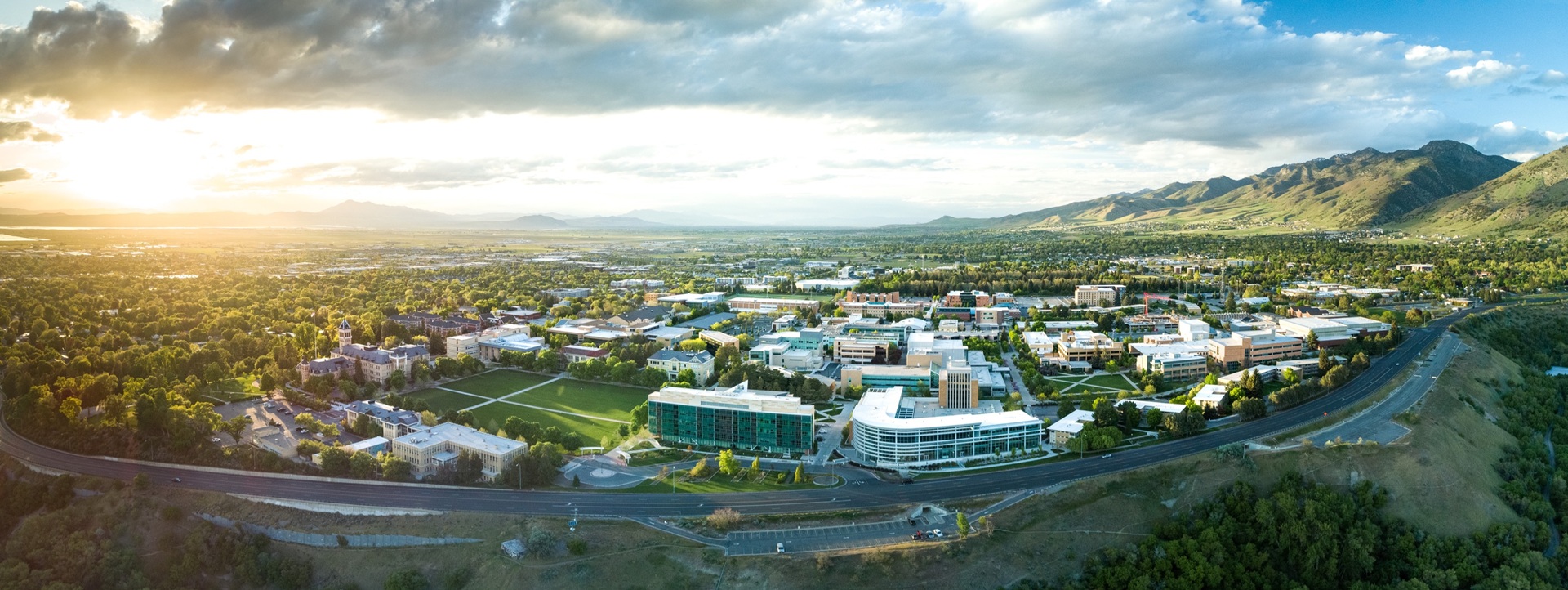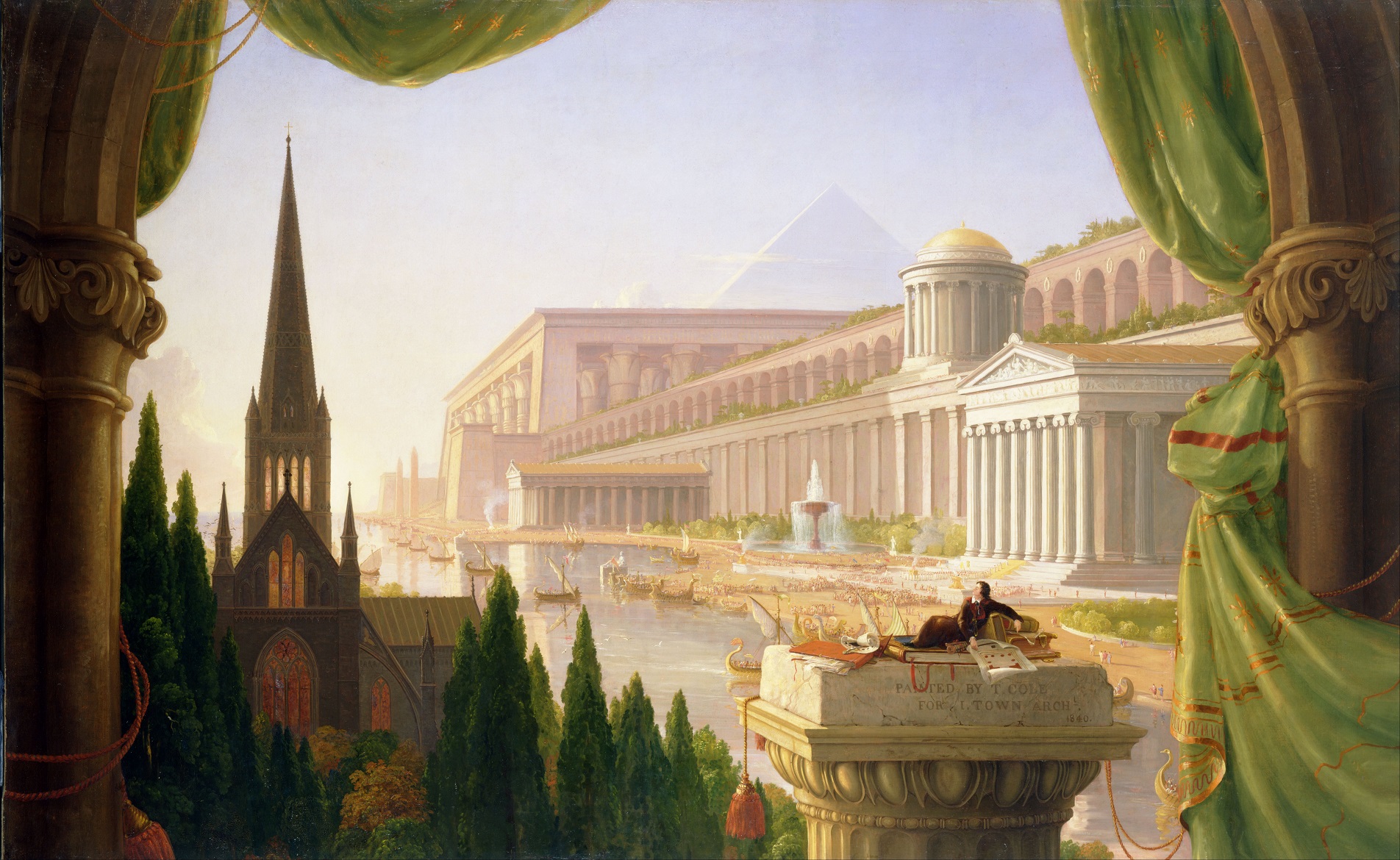Jesus College, Oxford: Founded in 1571 by Elizabeth I | Sacred Spaces
A hymn written by Frederick William Faber, an English theologian and hymn writer, in 1854. Originally published in his collection Oratory Hymns, it reflects Faber’s journey from Anglicanism to Roman Catholicism, emphasizing God’s boundless love and mercy. The hymn draws inspiration from Psalm 36:5 and Faber’s desire to convey divine compassion transcending human judgment.
Set to various tunes, notably Wellesley and Beecher, its simple yet profound lyrics celebrate God’s inclusive grace, urging believers to trust in divine forgiveness over rigid legalism.
Faber’s work was influenced by the Oxford Movement, which sought to renew Catholic elements in Anglican worship, and his hymns remain widely sung across Christian denominations. The hymn’s enduring appeal lies in its message of hope, reminding worshippers of God’s limitless love, which surpasses human limitations and extends to all creation, fostering unity and compassion.
As we enter examination season, it’s great to see our students having a well-earned break in the sun-filled Second Quad. Sending everyone best wishes and good luck for their exams! #youvegotthis #jesuscollegeoxford #finals pic.twitter.com/xmLUilyDhu
— Jesus College Oxford (@JesusOxford) May 18, 2025
1 The transgression of the wicked saith within my heart, that there is no fear of God before his eyes.
2 For he flattereth himself in his own eyes, until his iniquity be found to be hateful.
3 The words of his mouth are iniquity and deceit: he hath left off to be wise, and to do good.
4 He deviseth mischief upon his bed; he setteth himself in a way that is not good; he abhorreth not evil.
5 Thy mercy, O Lord, is in the heavens; and thy faithfulness reacheth unto the clouds.
6 Thy righteousness is like the great mountains; thy judgments are a great deep: O Lord, thou preservest man and beast.
7 How excellent is thy lovingkindness, O God! therefore the children of men put their trust under the shadow of thy wings.
8 They shall be abundantly satisfied with the fatness of thy house; and thou shalt make them drink of the river of thy pleasures.
9 For with thee is the fountain of life: in thy light shall we see light.
10 O continue thy lovingkindness unto them that know thee; and thy righteousness to the upright in heart.
11 Let not the foot of pride come against me, and let not the hand of the wicked remove me.
12 There are the workers of iniquity fallen: they are cast down, and shall not be able to rise.
History of Western Civilization Told Through the Acoustics of its Worship Spaces
Charlie Kirk (August 12, 2025): “Has U.S. President Donald Trump gone too far?”



